What is Carboxymethyl Cellulose (CMC)?
Carboxymethyl Cellulose (CMC) is a versatile and widely used derivative of cellulose, which is a natural polymer found in plant cell walls. CMC is synthesized through the chemical modification of cellulose, resulting in the substitution of hydroxyl groups with carboxymethyl groups. This modification enhances the water solubility and rheological properties of cellulose, making CMC an essential ingredient in various industries.

CMC has a linear structure and is composed of repeating units of glucose molecules linked together. The carboxymethyl groups are attached to the glucose units, imparting anionic properties to CMC. The degree of substitution (DS) refers to the average number of carboxymethyl groups per glucose unit and determines the properties of CMC, including its solubility, viscosity, and stability.
One of the primary characteristics of CMC is its excellent water solubility. When dispersed in water, CMC forms colloidal solutions or gels depending on the concentration. This property makes it highly valuable in industries where water-based formulations are required. CMC is extensively used as a thickener, stabilizer, binder, and dispersant in a wide range of applications.
In the food industry, CMC finds widespread use as an additive due to its unique properties. It acts as a thickener and stabilizer in processed foods, including sauces, dressings, ice creams, and baked goods. CMC improves the texture, mouthfeel, and shelf life of food products. It also helps prevent syneresis, which is the separation of liquid from gels or suspensions, thereby maintaining the desired consistency of food formulations.
CMC is also utilized in the pharmaceutical and cosmetic industries. In pharmaceuticals, it is employed as a binder in tablet formulations, providing cohesiveness and improving disintegration properties. CMC is also used as a film-forming agent in drug delivery systems and as a viscosity enhancer in ophthalmic solutions and creams.
In cosmetics, CMC acts as a thickener and stabilizer in lotions, creams, and gels. It improves the spreadability and stability of formulations, ensuring uniform application and texture. Additionally, CMC can function as a suspending agent, preventing the settling of particles in suspensions and emulsions.
Additional reading:How PUR Hot Melt Adhesive Works: Bonding and Sealing Applications
Advantages and Versatility of Redispersible Polymer Powder (RDP)
Properties and Applications of SF6 Specialty Gas
Unlocking the Potential of Methyl Hydroxyethyl Cellulose (MHEC) in Various Applications
DEVELOPMENT TREND OF SURFACTANT APPLICATION
Innovating the Future: Formaldehyde Production Plants for Sustainable Chemical Manufacturing
Applications of Silicone Hydrophobic Powder
Another significant application of CMC is in the paper and textile industries. As a paper additive, CMC improves the retention of fillers and pigments, enhancing the paper's strength, smoothness, and printability. CMC also acts as a sizing agent, promoting resistance to water penetration and improving the paper's dimensional stability.
In textiles, CMC is used as a thickener and sizing agent in dyeing and printing processes. It provides excellent adhesion of dyes to fibers, resulting in enhanced color brightness and uniformity. CMC also imparts desirable properties to fabrics, such as softness, flexibility, and resistance to wrinkles.
Furthermore, CMC finds applications in various other industries. In the oil and gas sector, CMC is used as a drilling fluid additive for viscosity control and shale inhibition. In detergents and cleaning products, it acts as a soil suspension agent and enhances foam stability. CMC is also employed in ceramic and construction materials to improve workability, adhesion, and water retention.
CMC is generally regarded as safe for use in various applications. It is non-toxic and biodegradable, posing minimal environmental concerns. However, individuals with specific sensitivities or allergies should exercise caution.
In conclusion, Carboxymethyl Cellulose (CMC) is a modified cellulose derivative with excellent water solubility and versatile properties. Its wide range of applications includes food, pharmaceuticals, cosmetics, paper, textiles, and several other industries. CMC plays a vital role as a thickener, stabilizer, binder, and dispersant, enhancing the quality, functionality, and performance of diverse products and formulations.
More details please visit: www.hpmc-factory.com
Additional reading:Unlocking the Magic of Hydroxypropyl Methylcellulose: A Game-Changer in Modern Industry
What is lixisenatide medicine used for?
Who Are The 30 Best Paint Tool Suppliers?
Boost Your Phenol Alkylation Plant's Efficiency with Steric Considerations
What is RDP Powder Used For?
What is salicylic acid in skin care?
Demystifying Calcium Dodecyl Benzene Sulfonate: What Is It and How Is It Used?
179
0
0
Related Articles
-
202
0
0


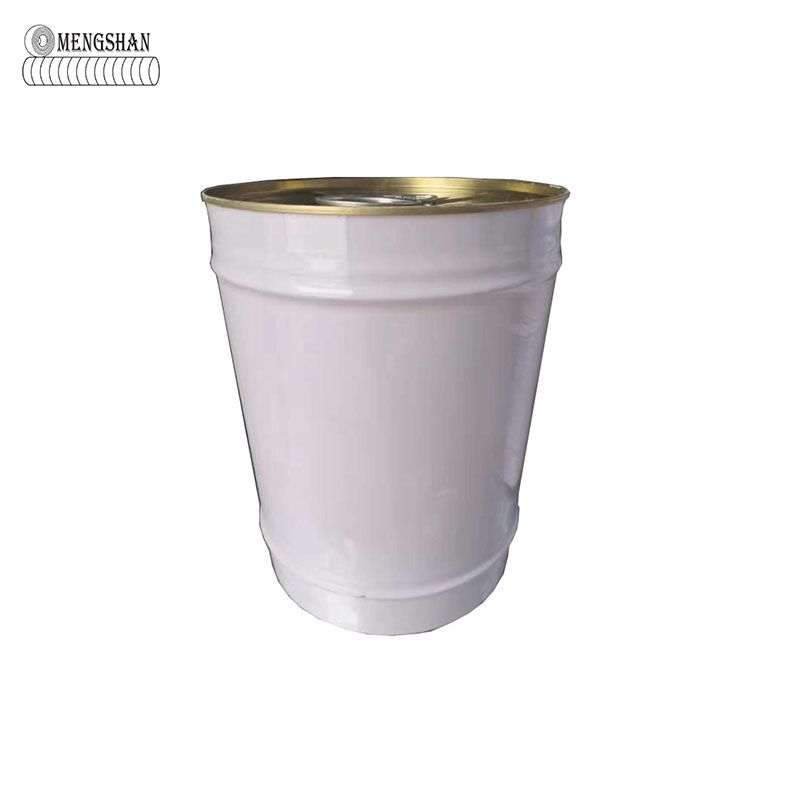

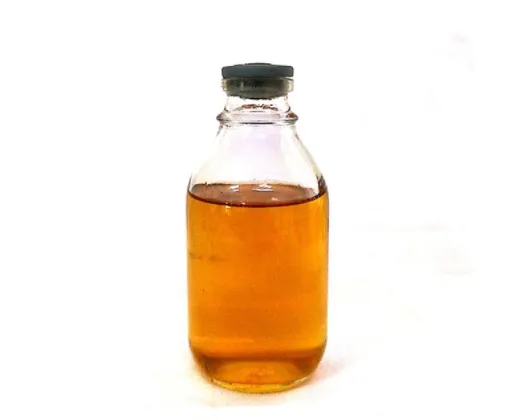
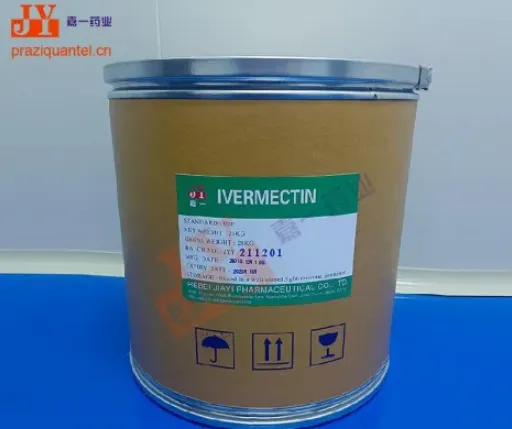
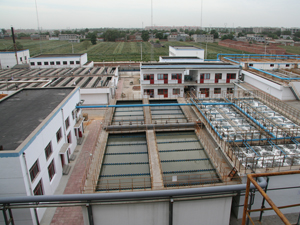
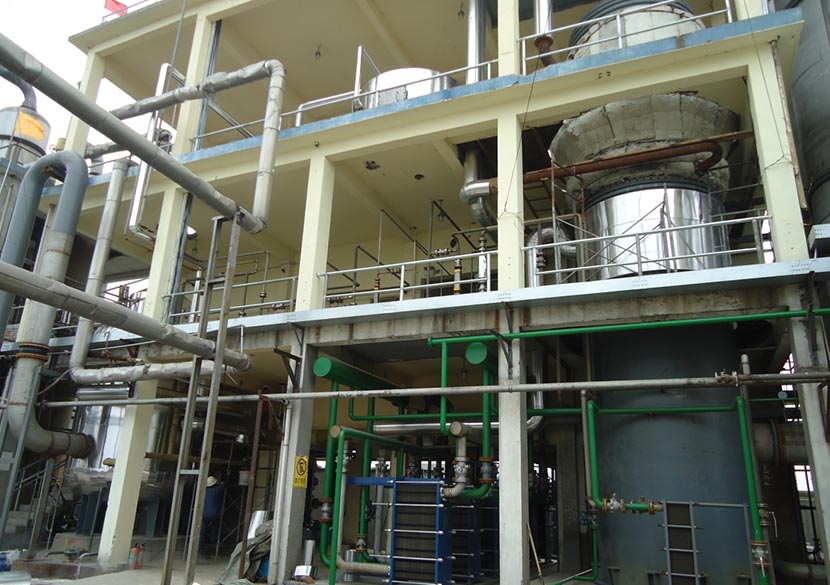
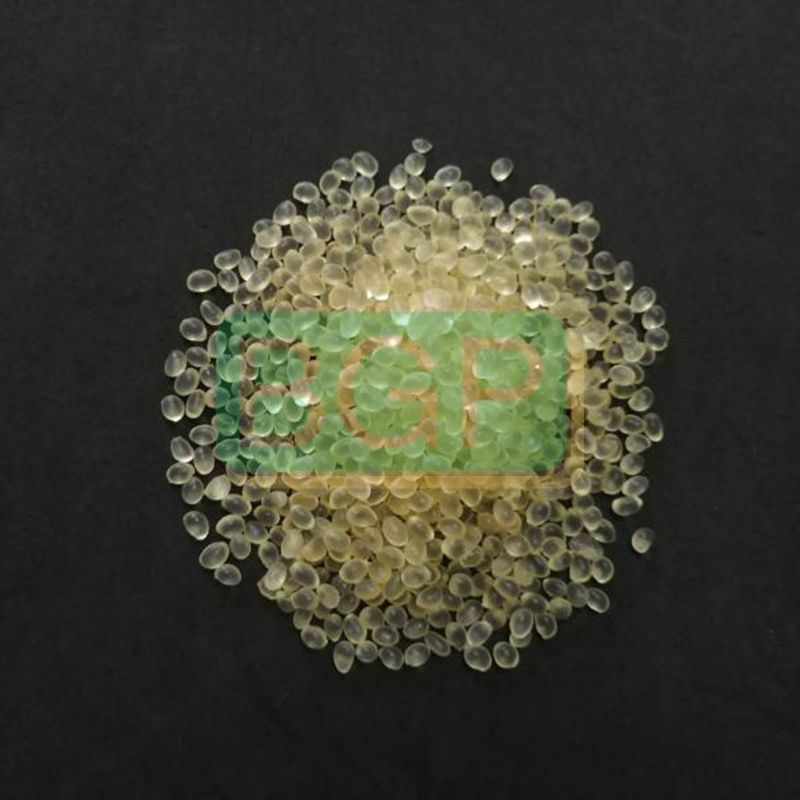
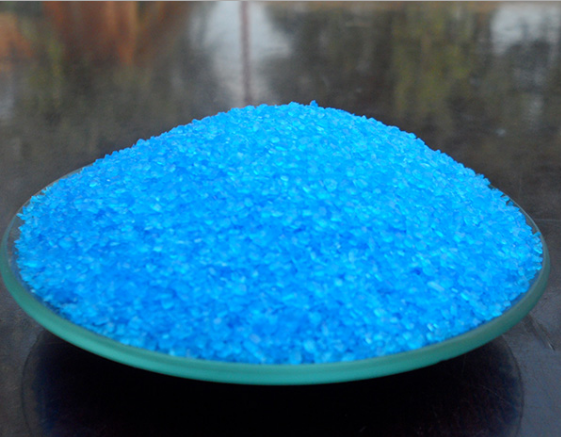
Comments
All Comments (0)